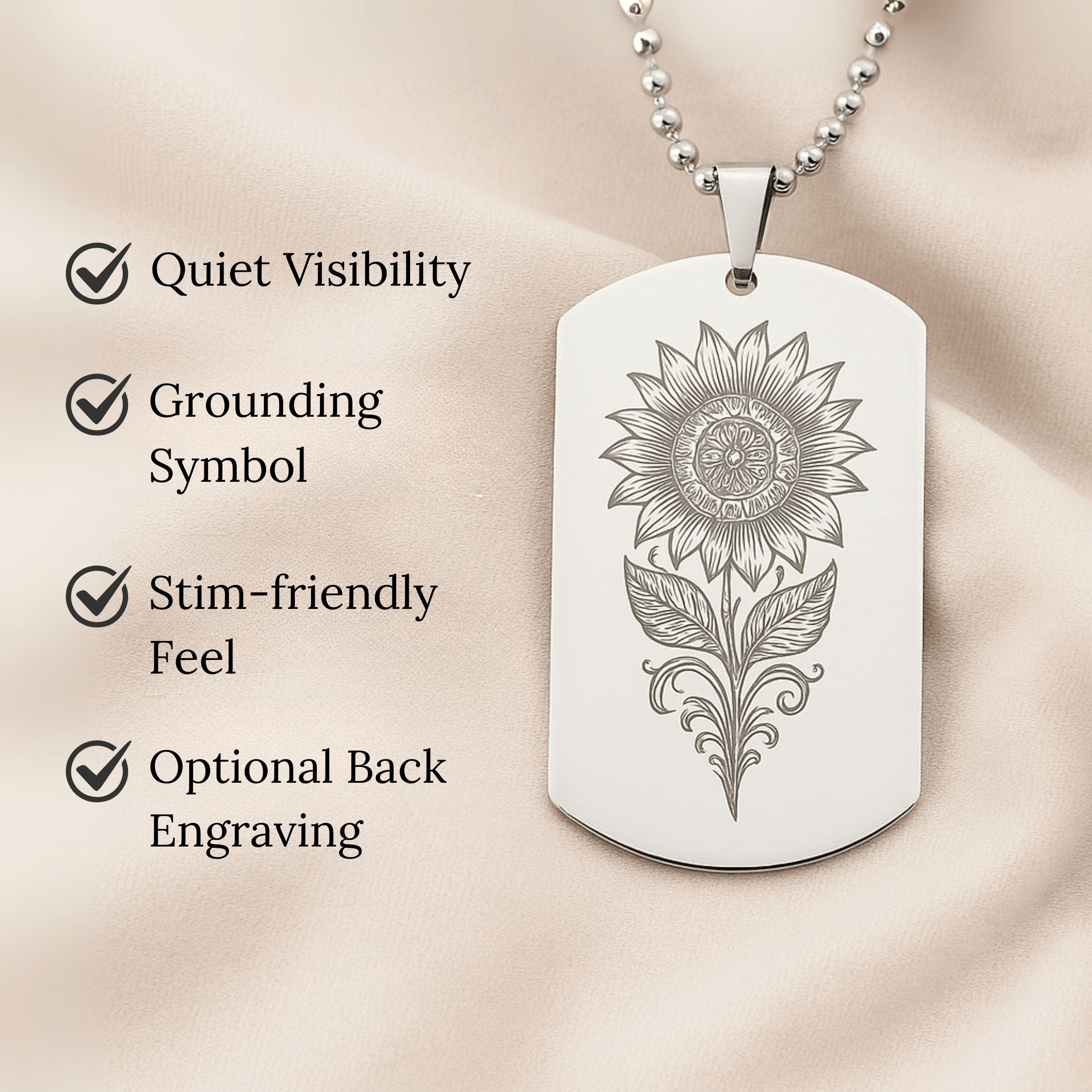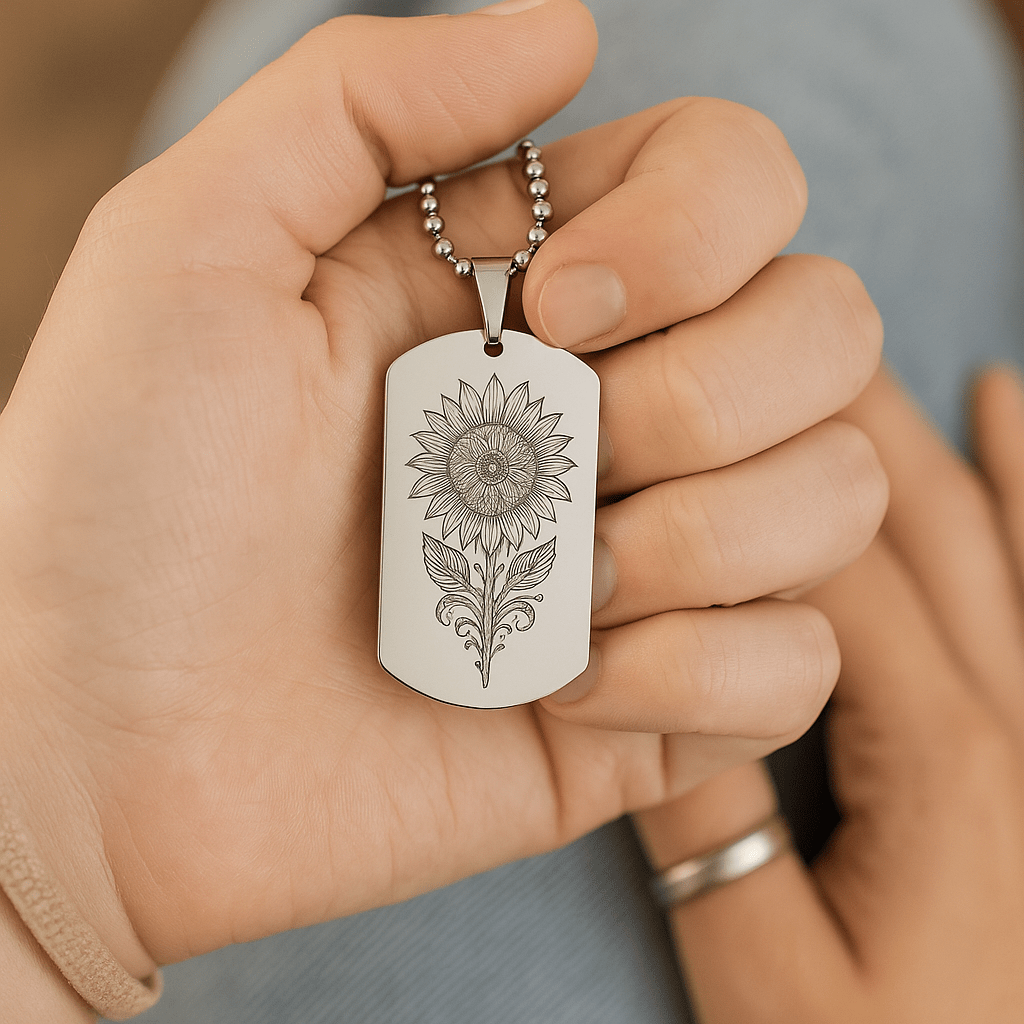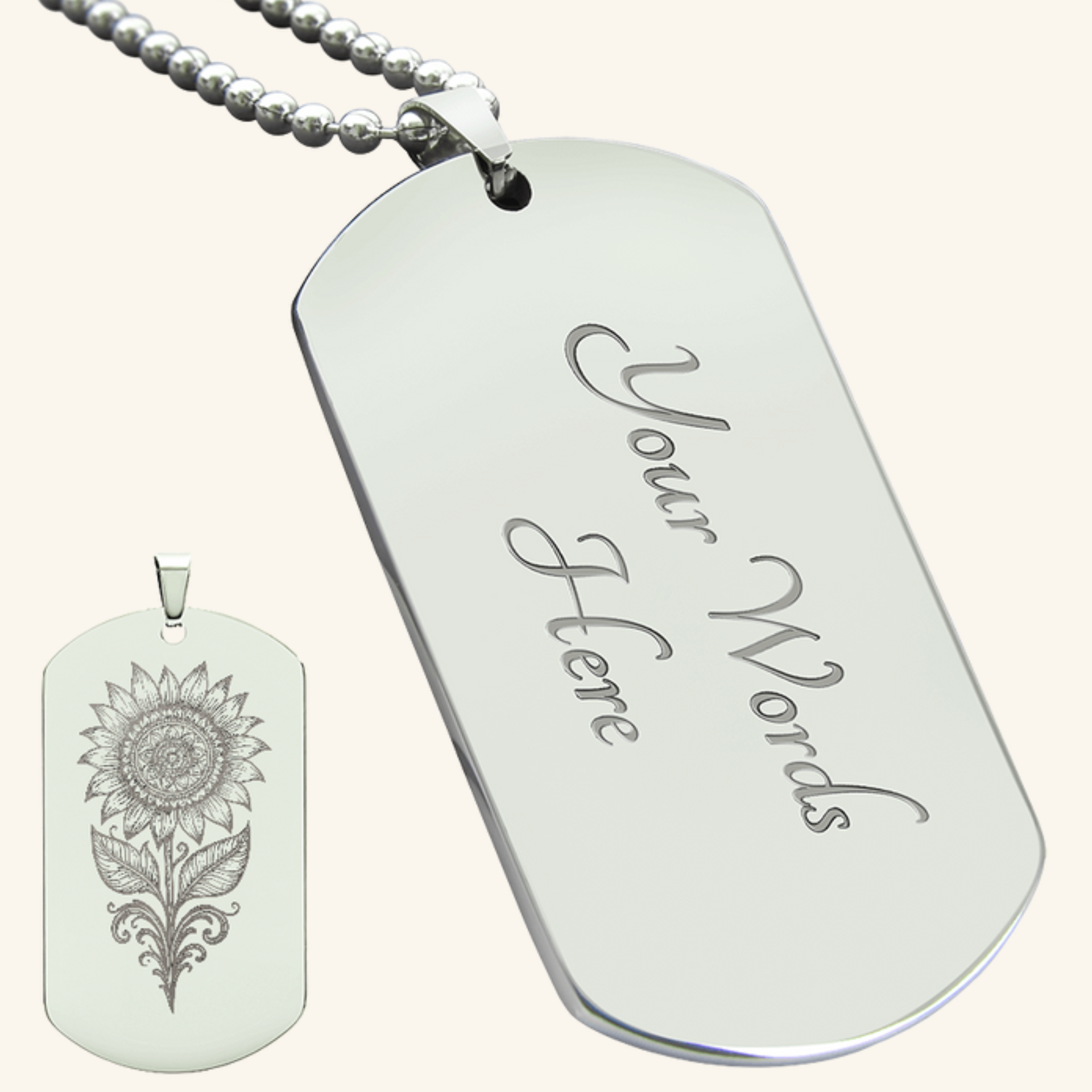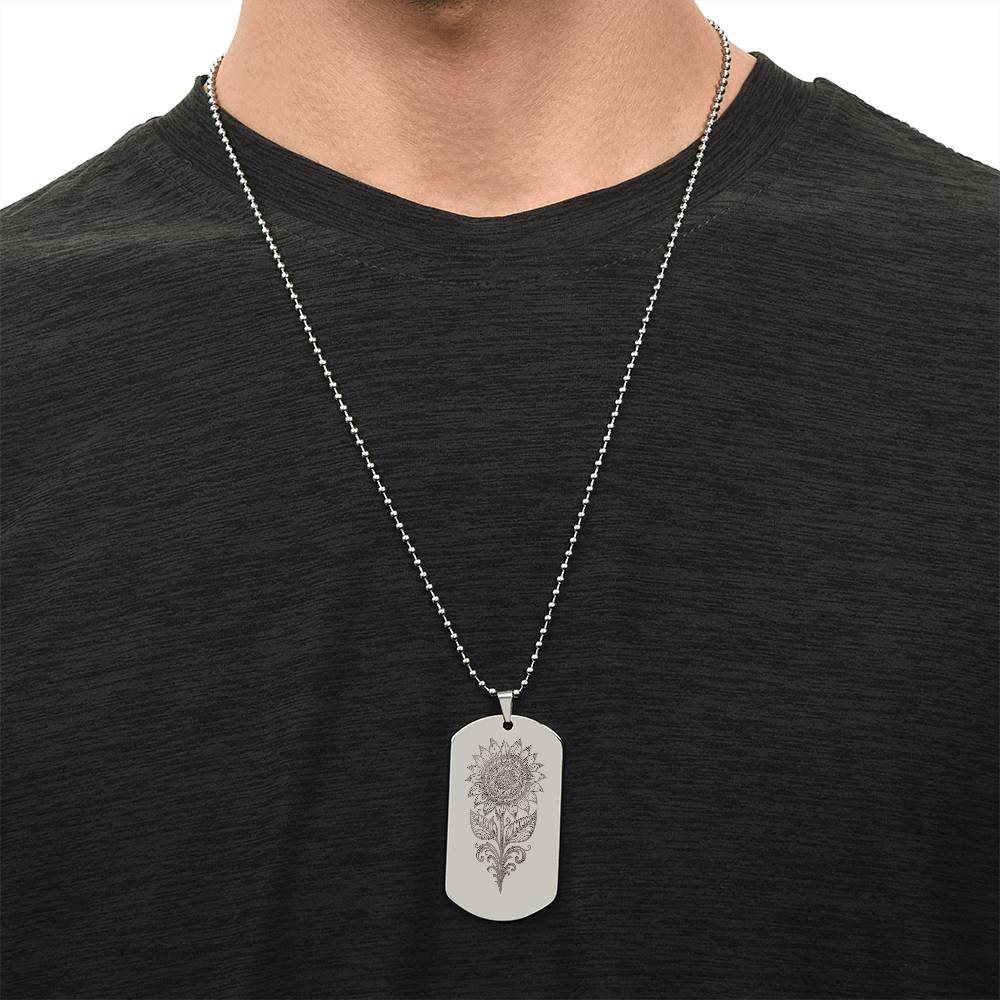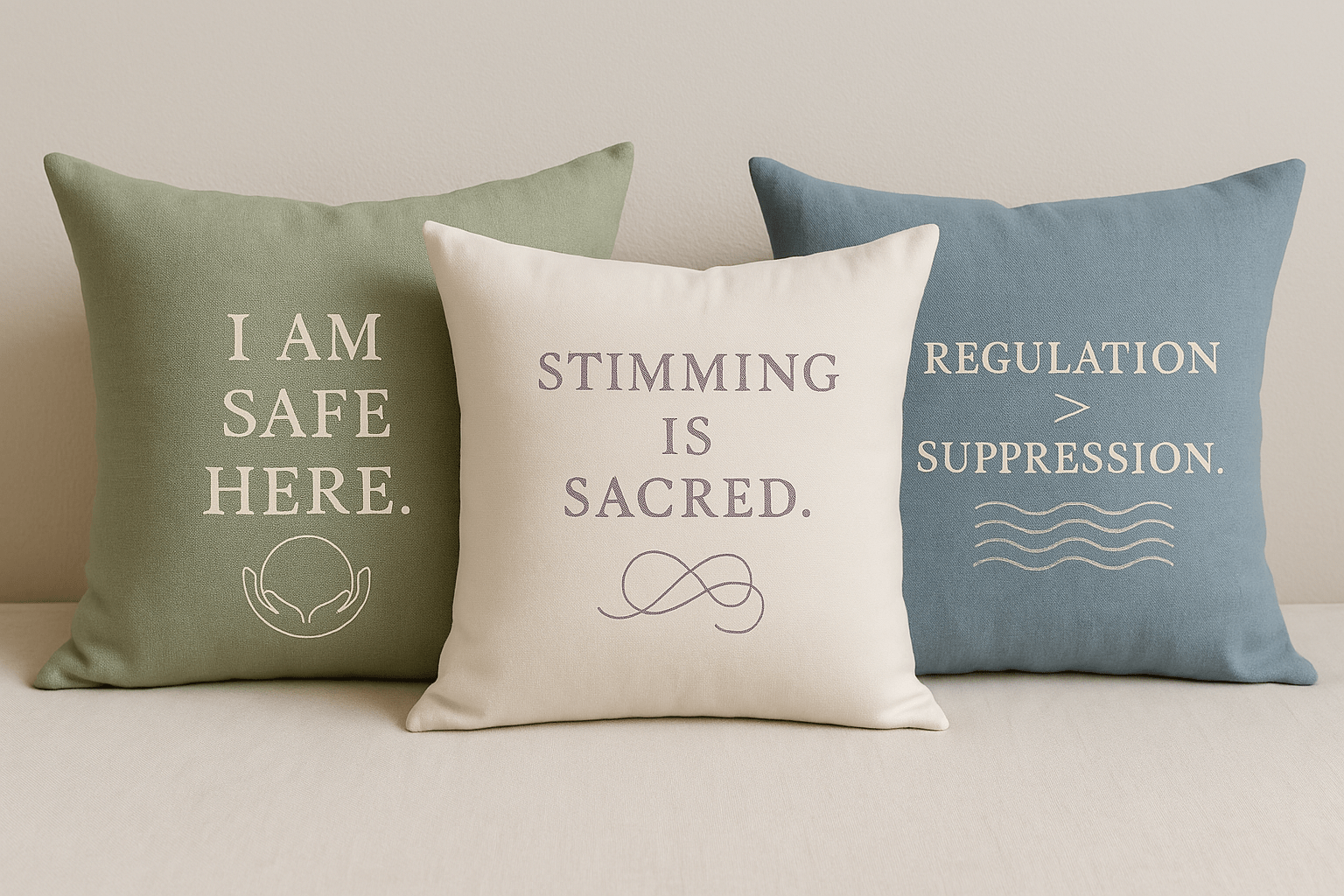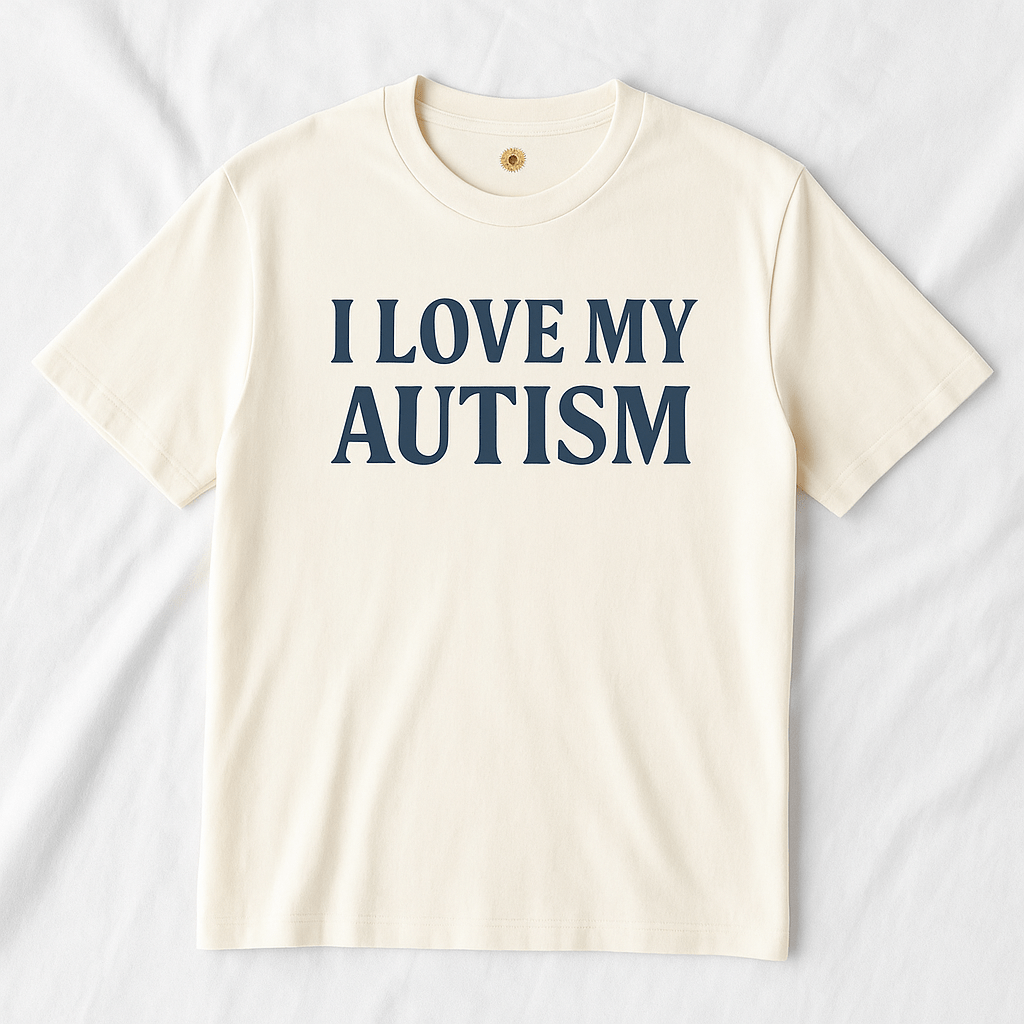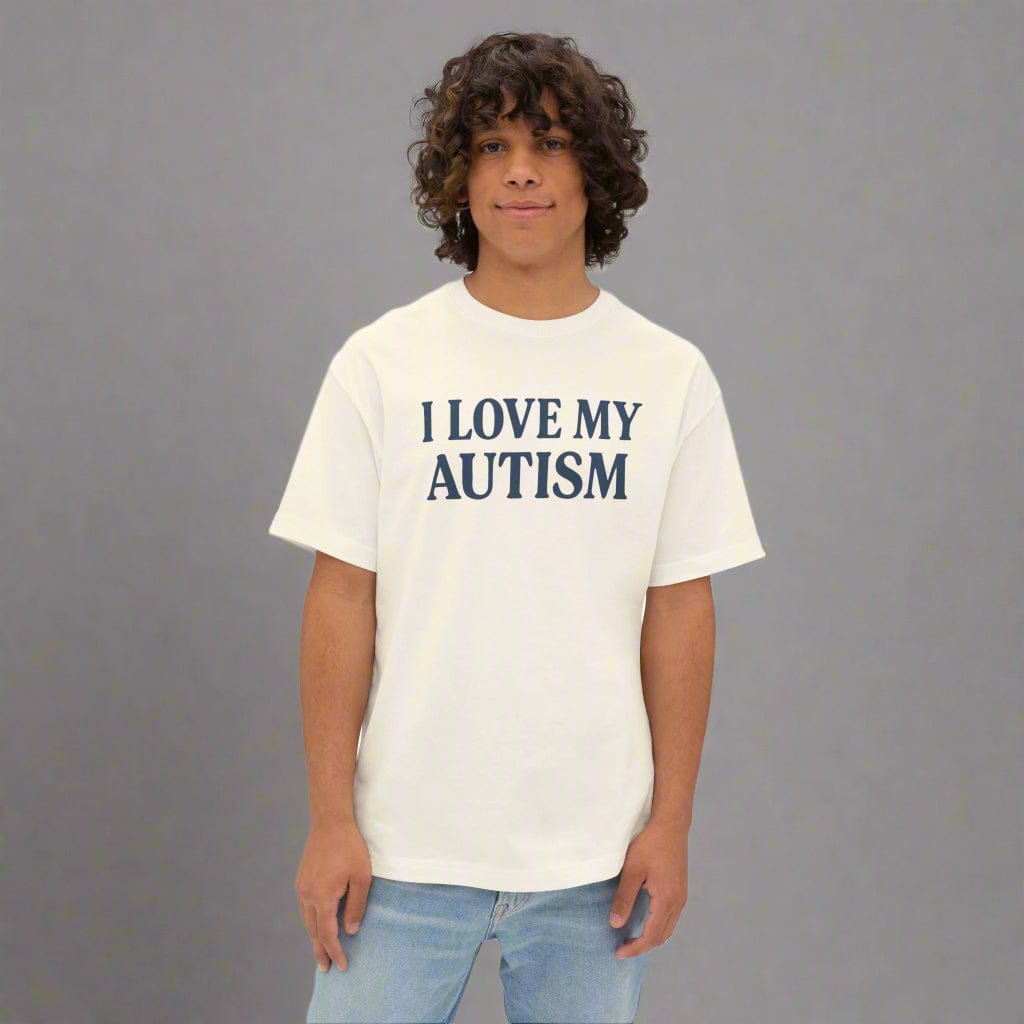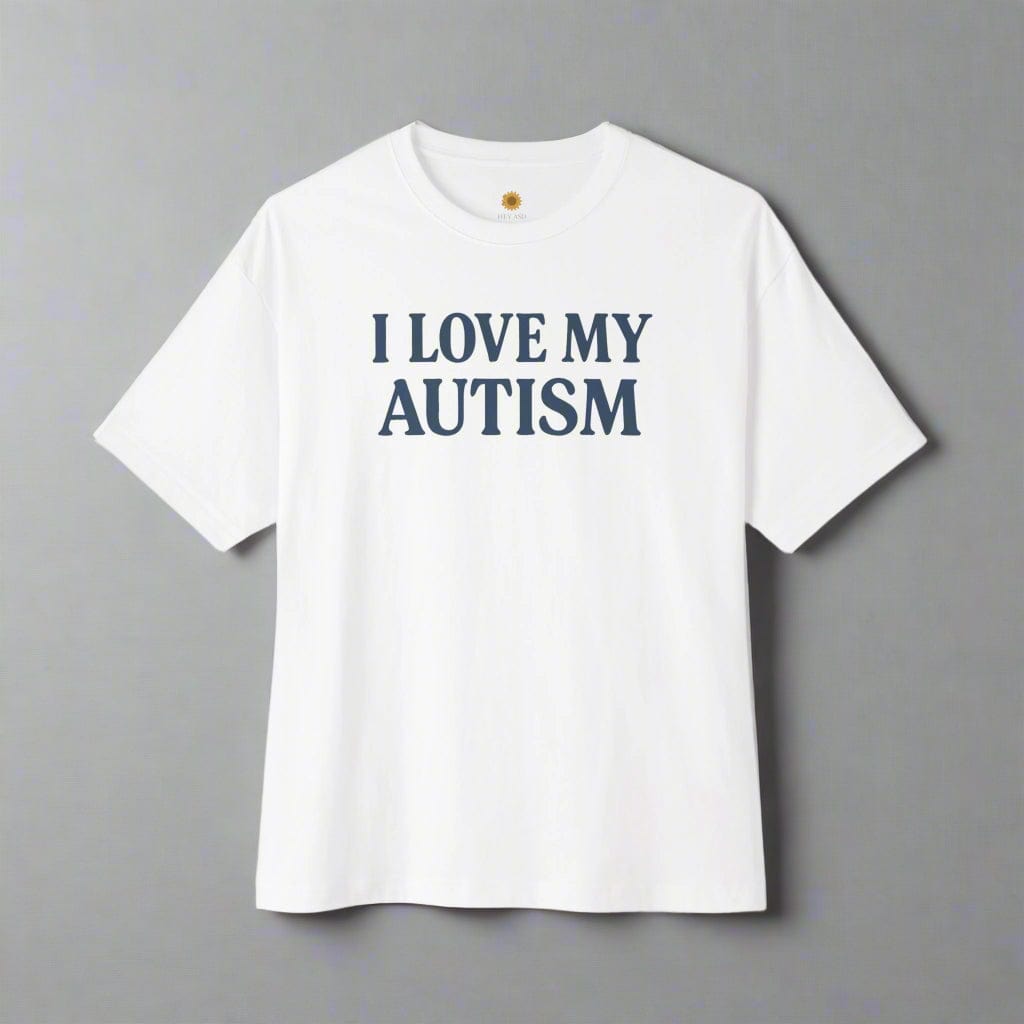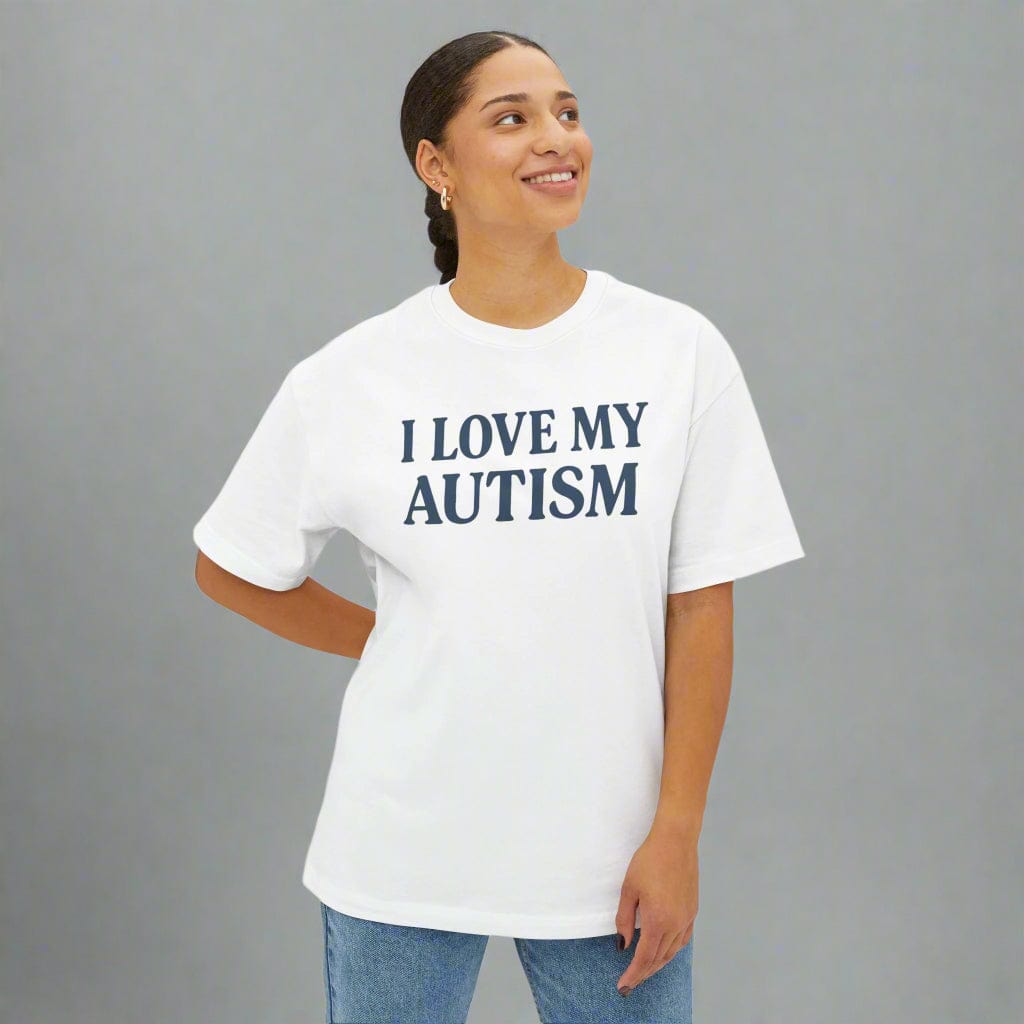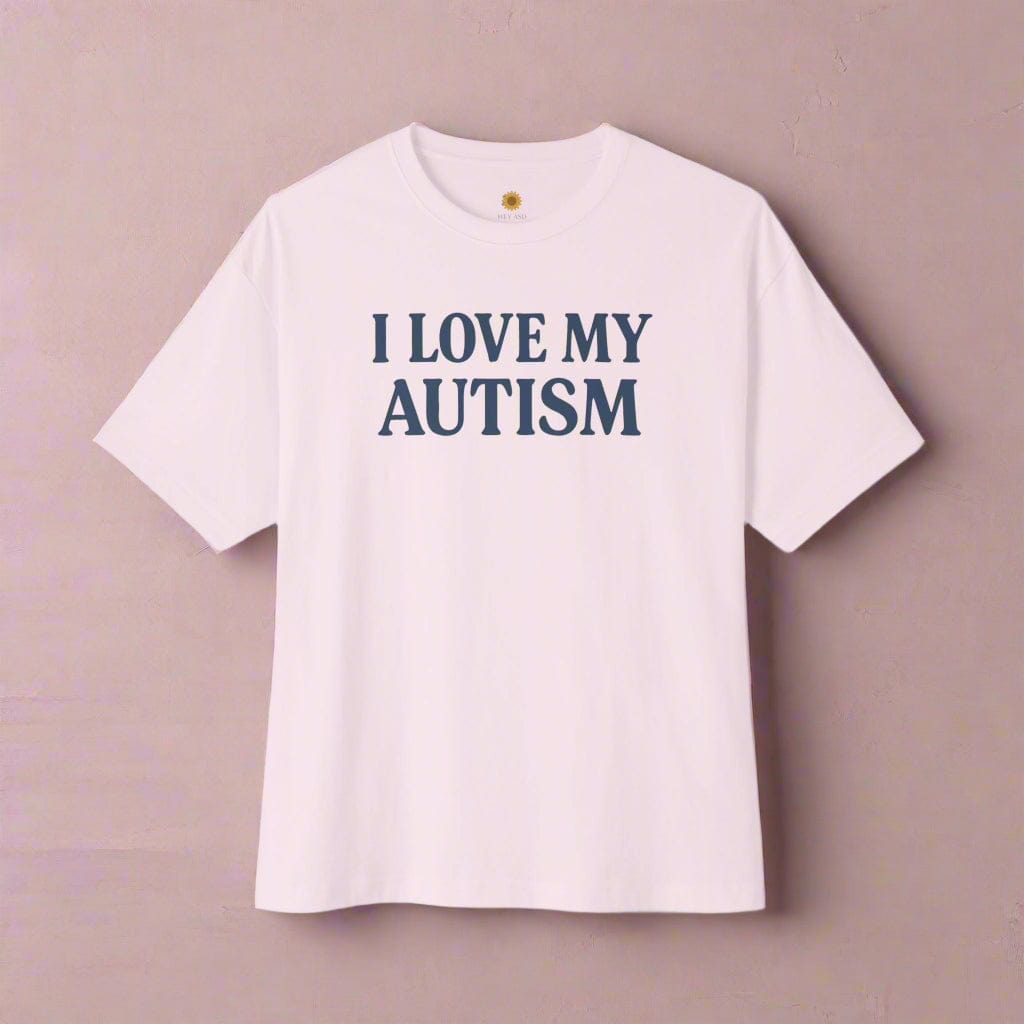Sensory-Friendly Community Events in New York

Written by HeyASD.com Team
New York is embracing inclusivity by hosting sensory-friendly community events designed for individuals with sensory sensitivities. These events are tailored to provide a comfortable and welcoming environment for everyone, including those with autism, sensory processing disorders, and other special needs. This article explores the various aspects of sensory-friendly events in New York, from understanding the concept to planning and executing inclusive events, highlighting successful cases, and providing resources for organizers. It aims to guide and inspire communities to create events that cater to the needs of all citizens, fostering a more inclusive society.
Key Takeaways
- Sensory-friendly events are essential for inclusivity, allowing individuals with sensory sensitivities to participate in community activities comfortably.
- Collaboration with special needs organizations and proper venue accommodations are crucial for planning successful sensory-friendly events in New York.
- A variety of upcoming events, including theater performances and museum access programs, are being adapted to be sensory-friendly in NYC.
- Creating a sensory-friendly environment involves adjusting environmental factors like lighting and sound, and providing supportive tools and quiet zones.
- Resources, training, and community engagement are key to sustaining and expanding sensory-friendly event programming and accessibility initiatives.
Understanding Sensory-Friendly Events
The Basics of Sensory Sensitivities
Sensory sensitivities affect how individuals perceive and process sensory information. Sensory-friendly events are designed to accommodate those who may become overwhelmed by typical environmental stimuli. For example, loud noises, bright lights, or strong smells can be distressing for some, particularly for individuals with autism or sensory processing disorders.
- Reduced noise levels: Lowering volume to prevent sensory overload.
- Dimmed lighting: Softening lights to create a calming atmosphere.
- Clear signage: Providing visual cues to help with navigation and expectations.
Sensory-friendly events are not just about removing discomfort; they're about creating an inclusive space where everyone can enjoy the experience without stress.
Understanding and addressing these sensitivities is crucial for event organizers aiming to create inclusive environments. By considering the needs of those with sensory sensitivities, events can become welcoming spaces for all attendees, fostering a sense of community and belonging.
Benefits of Sensory-Friendly Programming
Sensory-friendly events are a game-changer for individuals with sensory processing challenges. They foster inclusivity, allowing people who might otherwise be overwhelmed by traditional settings to participate fully in community life. By reducing sensory stimuli, these events create a comfortable environment for all attendees.
Accessibility is at the heart of sensory-friendly programming. It's not just about physical access, but also about making social and cultural activities approachable for everyone. This commitment to accessibility can significantly enhance the reputation of event organizers and venues, positioning them as leaders in community inclusiveness.
- Improved participation from underrepresented groups
- Increased comfort and enjoyment for all attendees
- Enhanced reputation for inclusivity and awareness
Sensory-friendly events are not a niche offering but a reflection of a community's commitment to diversity and inclusion.
The positive impact of these events extends beyond the individuals they directly serve. Families and friends also benefit, knowing that their loved ones can engage in activities without the fear of sensory overload. This ripple effect can lead to a stronger, more cohesive community.
Key Features of a Sensory-Friendly Event
Sensory-friendly events are designed to be inclusive and comfortable for individuals with sensory sensitivities. Accessibility is paramount, ensuring that everyone can participate fully and with ease. Key features include reduced noise levels, dimmed lighting, and the availability of sensory tools like headphones or fidget devices.
Venues hosting such events often provide quiet zones where attendees can retreat if they feel overwhelmed. Staff are trained to recognize and respond to sensory overload, creating a supportive environment. It's not just about the physical space; it's about understanding and empathy.
- Reduced noise levels
- Dimmed or adjustable lighting
- Quiet zones or break areas
- Availability of sensory tools (e.g., headphones, fidget devices)
- Trained and aware staff
Creating a sensory-friendly event is a proactive step towards inclusivity, allowing individuals with sensory sensitivities to engage with their community in meaningful ways.
By incorporating these features, event organizers can ensure that their events are not only enjoyable but also respectful of all attendees' needs. This approach fosters a sense of belonging and encourages participation from a wider audience, including those who might otherwise be excluded.
Planning Inclusive Events in New York
Collaboration with Special Needs Organizations
Creating inclusive events in New York hinges on effective collaboration with special needs organizations. These partnerships are vital for understanding the unique requirements of individuals with sensory sensitivities. Engaging with experts early in the planning process ensures that every aspect of the event is tailored to be welcoming and accessible.
- Establish clear communication channels with organizations that advocate for individuals with autism and other sensory challenges.
- Seek guidance on the necessary accommodations to support a diverse range of needs.
- Involve these organizations in training volunteers and staff to create a supportive environment.
By working closely with these groups, event organizers can tap into a wealth of knowledge and resources, ensuring that their events are not just accessible, but truly inclusive.
This collaboration not only benefits attendees but also enriches the event by incorporating elements that celebrate neurodiversity, such as Autism-themed wall art.
Venue Accessibility and Accommodations
Ensuring that venues are accessible and accommodating is crucial for the success of sensory-friendly events. Accessibility is not just about removing physical barriers; it's about creating an environment where all participants feel welcome and comfortable.
Venues should be evaluated for their sensory environment as well as their physical layout. This includes assessing lighting, acoustics, and availability of quiet spaces. A checklist can be a helpful tool for organizers to ensure that no detail is overlooked.
- Evaluate the physical accessibility of the venue (entrances, seating, restrooms).
- Assess the sensory environment (lighting, sound levels, visual clutter).
- Identify and prepare quiet zones and break areas.
- Ensure clear signage and visual aids are in place.
Creating a welcoming atmosphere extends beyond the physical space. Staff should be trained to understand and assist with sensory sensitivities, ensuring a positive experience for all attendees.
By taking these steps, event organizers can create a space that is not only accessible but also inclusive, fostering a sense of belonging for individuals with sensory sensitivities.
Staff Training and Awareness
Ensuring that event staff are well-trained and aware of the needs of individuals with sensory sensitivities is crucial for the success of sensory-friendly events. Proper training empowers staff to provide a supportive and understanding environment, enhancing the experience for all attendees.
Awareness among staff members about sensory issues can transform a good event into a great one. It's not just about reducing noise or dimming lights; it's about creating an atmosphere of inclusion and respect.
- Educate staff on the basics of sensory sensitivities
- Teach effective communication and interaction techniques
- Provide clear guidelines on how to handle potential situations
By fostering an environment of empathy and support, staff can make a significant difference in the comfort and enjoyment of participants.
From the initial greeting to the final farewell, every interaction counts. Staff should be equipped with the knowledge and tools to ensure that sensory-friendly events are not only accessible but also welcoming.
Upcoming Sensory-Friendly Events in NYC
Theater Performances and Movie Screenings
New York City's vibrant arts scene is becoming more inclusive with sensory-friendly theater performances and movie screenings. These events are tailored to provide a supportive environment for individuals with sensory sensitivities. Broadway shows and local theaters are now scheduling special performances with adjusted sound levels, dimmed lighting, and a more relaxed atmosphere.
Movie theaters across the city are also joining the movement, offering sensory-friendly screenings where the usual cinema rules are relaxed. Talking, moving around, and bringing comfort items are all welcome. Here's a quick glance at what's on offer:
- AMC Theatres: Sensory Friendly Films program on the second and fourth Saturday (family-friendly) and Wednesday evenings (mature audiences).
- Regal Cinemas: My Way Matinee with lower sounds and brighter lights, on select Saturdays.
- Local Playhouses: Various dates for sensory-modified shows, often in collaboration with autism support groups.
Creating a space where everyone can enjoy the magic of cinema and theater is not just about accessibility; it's about community and shared experiences.
These initiatives not only enrich the cultural tapestry of New York but also signal a shift towards a more inclusive society. Event organizers are encouraged to continue this trend, ensuring that the arts are accessible to all.
Museum and Gallery Access Programs
New York's museums and galleries are pioneering access programs tailored for individuals with sensory sensitivities. Museums are not just buildings; they're gateways to diverse worlds, offering a sensory-friendly journey through history, art, and culture. Inclusivity is at the heart of these programs, ensuring that everyone can engage with exhibits in a way that's comfortable for them.
- Special viewing hours with reduced crowds
- Tailored tours with sensory considerations
- Hands-on, interactive exhibits
These access programs are not just about removing barriers; they're about creating bridges to art and education.
By providing resources like noise-canceling headphones and visual story guides, museums are setting a new standard for accessibility. The success of these initiatives is a testament to New York's commitment to being a city that celebrates diversity in all its forms.
Community Festivals and Fairs
New York's community festivals and fairs are embracing the shift towards inclusivity, ensuring that everyone, regardless of sensory sensitivities, can join in the fun. Boldly marking the calendar, these events are becoming landmarks of diversity and acceptance.
Festivals and fairs are inherently bustling with activity, which can be overwhelming for some. By integrating sensory-friendly features, organizers are crafting experiences that cater to all. Here's a snapshot of what to expect:
- Reduced noise levels during certain hours
- Designated quiet zones for decompression
- Sensory maps highlighting less crowded areas
Embracing sensory-friendly adjustments doesn't just open doors for those with sensitivities; it enriches the event for all attendees, fostering a more compassionate community.
As these events evolve, they serve as a beacon for what inclusive celebrations can look like, setting a precedent for others to follow.
Creating a Sensory-Friendly Environment
Adjusting Lights and Sounds
Creating a sensory-friendly atmosphere often hinges on the ability to adjust lighting and sound levels. Dimming lights and reducing noise can significantly decrease sensory overload, making events more accessible for individuals with sensitivities. For instance, during a performance, lights can be softened and sudden sound peaks avoided to create a calming environment.
Visual and auditory cues are essential for a sensory-friendly experience. Here's a simple checklist to ensure your event meets these needs:
- Use non-fluorescent, adjustable lighting
- Provide headphones or earplugs for noise reduction
- Avoid strobe lights or flashing imagery
- Monitor and control sound volume and abrupt changes
Ensuring that lights and sounds are tailored to the needs of attendees not only fosters inclusion but also enhances the overall event experience for all participants.
Providing Quiet Zones and Break Areas
In the heart of a bustling event lies an oasis of calm: quiet zones and break areas. These spaces are essential for individuals with sensory sensitivities who may need a moment away from the stimulation of a crowded environment. By offering a retreat, event organizers show a deep understanding of diverse needs, ensuring that everyone has a place to recharge.
Quiet zones are not just about silence; they're about creating a supportive environment. They should be clearly marked and easily accessible, offering comfortable seating and a relaxed atmosphere. It's not just about providing a space; it's about crafting an experience that respects the sensory needs of all attendees.
- Designate areas away from high traffic
- Use soft lighting and minimal decor
- Provide sensory tools like noise-canceling headphones
Creating a sensory-friendly event is not just an act of inclusion; it's a commitment to celebrating diversity in every form.
Ensuring these areas are well-staffed with trained personnel is also crucial. They can offer assistance and ensure the space remains a sanctuary for those who need it. Remember, a successful sensory-friendly event is one where everyone can participate fully and comfortably.
Sensory Tools and Supports
Creating a sensory-friendly environment is not complete without the right sensory tools and supports. These are essential for individuals with sensory sensitivities, often providing the necessary comfort and stimulation to navigate community events successfully. Visual stimming tools, for example, can be a soothing outlet for many.
- Weighted blankets for deep pressure input
- Noise-canceling headphones to reduce auditory overload
- Fidget toys to keep hands busy and minds focused
- Autism-themed wall art to personalize safe spaces
Sensory tools are not just functional; they also empower individuals to engage with their environment on their own terms.
For those looking to purchase sensory tools, an autism store can be a treasure trove of resources. From visual stimming devices to tactile toys, these specialized shops understand the unique needs of the community. And with the convenience of online shopping, finding the right tools is easier than ever.
Spotlight on Successful Events
Case Studies of Past Events
New York's commitment to inclusivity shines through its past sensory-friendly events. The 'Quiet Morning' at MoMA set a precedent, opening doors early for visitors with sensory sensitivities to enjoy the art in a tranquil environment. Similarly, the 'Relaxed Performances' at the New Victory Theater provided a supportive space for families, with adjusted sound levels and a judgment-free atmosphere.
Autism Awareness Month saw innovative approaches, like the Bronx Zoo's 'Sensory Safari', where tactile stations and visual guides enhanced the experience for all. These events not only catered to sensory needs but also fostered a sense of community and belonging.
-
MoMA Quiet Morning
- Early access
- Reduced stimuli
-
New Victory Theater
- Relaxed performances
- Sound adjustments
-
Bronx Zoo Sensory Safari
- Tactile stations
- Visual guides
Embracing diversity, these events exemplify how thoughtful planning can create moments of joy and connection for everyone.
Feedback from Participants and Families
The voices of those who experience sensory-friendly events firsthand are invaluable. Families and participants have shared their appreciation for events that cater to sensory sensitivities, noting the positive impact on their social experiences. Inclusivity in community events not only allows for participation but also fosters a sense of belonging and acceptance.
Feedback highlights the importance of a supportive environment:
- Reduced anxiety and stress for individuals with sensory challenges
- Increased enjoyment and engagement in public events
- A feeling of safety and understanding from the community
The joy on children's faces and the relief expressed by caregivers speaks volumes about the success of these events.
Organizers are encouraged to continuously seek out and consider this feedback, as it is crucial for the refinement and success of future sensory-friendly events. The collective input from these voices guides the evolution of community inclusivity.
Lessons Learned and Best Practices
Reflecting on past sensory-friendly events in New York has yielded invaluable insights. Adaptability is key; organizers must be ready to adjust plans to meet the diverse needs of participants. Embracing flexibility ensures that events remain inclusive and enjoyable for all attendees.
One critical takeaway is the importance of feedback. Continuous improvement is driven by listening to the experiences of individuals and families who attend these events. Their perspectives can guide enhancements in event design and execution.
- Engage with attendees post-event to gather insights.
- Review and refine event protocols regularly.
- Foster a culture of inclusivity among staff and volunteers.
Success in sensory-friendly programming hinges on a commitment to ongoing learning and community collaboration.
By incorporating these lessons into future events, organizers can create a welcoming atmosphere that celebrates diversity and promotes accessibility.
Resources for Event Organizers
Guidelines and Checklists
Organizing a sensory-friendly event requires meticulous planning and attention to detail. Having a comprehensive checklist is crucial for ensuring that all aspects of sensory sensitivities are addressed. Event planners can use these guidelines to create an environment that is welcoming and comfortable for all participants.
Guidelines should encompass a range of considerations, from pre-event communication to post-event feedback collection. Here's a quick rundown of essential items to include on your checklist:
- Clear signage and information about sensory-friendly features
- Details on quiet zones and break areas
- Specifications for lighting and sound adjustments
- Availability of sensory tools and supports
Ensuring that staff are well-informed and prepared to assist attendees is as important as the physical accommodations themselves.
Additionally, it's beneficial to have a feedback mechanism in place to continually improve future events. This could be a simple survey or a suggestion box at the venue. By actively seeking out and incorporating feedback, organizers can better meet the needs of their community.
Training Workshops and Webinars
Empowering event organizers with the right tools and knowledge is crucial for the success of sensory-friendly events. Workshops and webinars offer invaluable insights into creating inclusive experiences. These educational sessions cover a range of topics, from understanding sensory needs to practical event management strategies.
Training sessions are designed to be interactive, providing a platform for organizers to ask questions and share experiences. Here's a snapshot of what you can expect:
- Strategies for effective communication with guests having sensory sensitivities
- Techniques for modifying environments to reduce sensory overload
- Best practices for staff and volunteer training
Ensuring your team is well-prepared can make all the difference in hosting an event that is both welcoming and accessible.
Upcoming workshops and webinars are regularly updated on community event calendars. Stay informed and equipped to host sensory-friendly events that everyone can enjoy.
Funding and Sponsorship Opportunities
Securing funding and sponsorship can be a game-changer for sensory-friendly events. Diverse revenue streams are crucial to ensure these events are both sustainable and accessible. Explore local grants, corporate sponsorships, and crowdfunding platforms to gather the necessary resources.
Collaboration with businesses that align with your mission can also provide mutual benefits. For instance, companies specializing in autism-themed products may offer support. Consider partnerships with brands like those offering wall art, apparel, and decor that promote creativity and awareness.
- Local Grants
- Corporate Sponsorships
- Crowdfunding Campaigns
- In-kind Donations
Ensuring your event is well-funded not only elevates the experience but also solidifies its future. It's about building a foundation that will stand the test of time and continue to serve the community.
Engaging the Broader Community
Awareness Campaigns and Advocacy
Raising awareness is a cornerstone of creating sensory-friendly communities. Engaging the public through targeted campaigns can shift perceptions and foster inclusivity. Sensory sensitivities are more common than many realize, and advocacy plays a crucial role in educating society about the needs of individuals with these sensitivities.
Awareness campaigns often utilize a variety of channels to reach a broad audience. Social media, local events, and partnerships with businesses are effective ways to spread the message. For instance, featuring autism-themed wall art in local cafes can spark conversations and promote understanding.
- Collaborate with artists to create impactful visuals
- Distribute informative brochures and flyers
- Organize community talks and workshops
Creating a dialogue within the community is essential. It's about more than just events; it's about weaving sensory-friendly practices into the fabric of everyday life.
Volunteer Opportunities and Community Involvement
Engaging in sensory-friendly events is not just about attending; it's about getting involved. Volunteers are the backbone of these inclusive experiences, providing support that ranges from event setup to one-on-one assistance. By volunteering, individuals immerse themselves in the community, gaining a deeper understanding of sensory sensitivities and the importance of accessibility.
- Assist with event planning and coordination
- Offer hands-on help during events
- Engage in post-event feedback sessions
Volunteering is a rewarding experience that fosters empathy and inclusivity, making a tangible difference in the lives of those with sensory sensitivities.
New York thrives on the spirit of its volunteers. Whether you're a student looking for service hours, a professional seeking to give back, or someone with a personal connection to sensory challenges, there's a role for you. Check out local event calendars and special needs organizations to find opportunities that resonate with your skills and passions.
Building Partnerships with Local Businesses
Forging strong partnerships with local businesses is a cornerstone for creating inclusive, sensory-friendly events. Local businesses can be invaluable allies in broadening the reach and impact of such events. By engaging with businesses, organizers can tap into a network of resources, from funding to in-kind support.
Collaboration with businesses often leads to mutual benefits. Businesses gain positive community exposure and align with corporate social responsibility goals, while events receive the necessary backing to be successful. Here's how to start:
- Identify potential business partners who share your vision for inclusivity.
- Present the mutual benefits of supporting sensory-friendly events.
- Develop tailored partnership packages that meet the needs of both parties.
Ensuring that every member of the community can participate in public events is not just a noble goal—it's a commitment to diversity and inclusion that strengthens the social fabric.
Securing local business partnerships is not just about obtaining resources; it's about fostering a community-wide ethos of accessibility and support. These relationships are the building blocks for a more inclusive New York.
Accessibility Beyond Events
Inclusive Public Spaces and Facilities
Creating inclusive public spaces goes beyond the day of the event. It's about integrating accessibility into the very fabric of our community facilities. Every individual should have the opportunity to engage with public spaces comfortably and independently.
To achieve this, we must consider a variety of elements that make a space welcoming for all. This includes sensory-friendly design in parks, libraries, and recreational centers. For instance, incorporating Autism-themed wall art can signal inclusivity and promote awareness.
- Design: Use of non-overstimulating colors and patterns
- Acoustics: Soundproofing and quiet corners
- Navigation: Clear signage and uncluttered pathways
- Facilities: Accessible restrooms and seating areas
Ensuring these elements are in place invites participation from those who might otherwise feel overwhelmed or excluded.
By prioritizing these aspects, we not only cater to those with sensory sensitivities but also enhance the experience for all community members.
Transportation and Mobility Considerations
Ensuring accessibility in transportation is crucial for the success of sensory-friendly events. Efficient mobility options can significantly enhance the experience for participants with sensory sensitivities.
- Public transport should have clear signage and announcements to assist attendees in reaching the event venue without stress.
- Private transport options, such as taxis or ride-sharing services, need to be informed about the event's nature to provide a supportive environment for passengers.
- Event organizers should consider partnering with transportation services to offer discounts or special routes on event days.
Accessibility doesn't stop at the venue door. It extends to every part of the journey, ensuring a seamless experience for all attendees.
By addressing these considerations, event organizers can create a welcoming atmosphere that begins the moment an individual decides to attend a sensory-friendly event in New York.
Ongoing Support and Services
Creating a sensory-friendly environment extends beyond single events. Ongoing support and services are crucial for maintaining an inclusive atmosphere in the community. These services ensure that individuals with sensory sensitivities can enjoy a higher quality of life every day, not just during special occasions.
Accessibility is a continuous commitment. It involves more than just physical spaces; it's about nurturing an environment where support is readily available and inclusivity is the norm. Here are some ways communities can provide ongoing support:
- Establishing permanent quiet zones in public areas
- Offering sensory-friendly shopping hours in stores
- Providing training for public service employees
By embedding these practices into the fabric of daily life, communities demonstrate a lasting dedication to inclusivity and understanding.
Additionally, local businesses can contribute by featuring products that promote awareness and support for sensory sensitivities. For instance, incorporating Autism-themed wall art and accessories into their offerings not only beautifies spaces but also fosters a culture of acceptance.
Conclusion
In conclusion, sensory-friendly community events in New York are a testament to the city's commitment to inclusivity and accessibility. These events not only provide safe and enjoyable experiences for individuals with sensory sensitivities but also foster a sense of belonging and community. By continuing to support and expand these initiatives, New York can serve as a model for other cities, demonstrating the profound impact of embracing diversity in all aspects of community life. As we've explored various events and the thoughtful accommodations they offer, it's clear that such efforts can significantly enhance the quality of life for many. It is our collective responsibility to ensure that everyone, regardless of sensory needs, can participate fully in the vibrant tapestry that is New York's community events.
Frequently Asked Questions
What are sensory-friendly events?
Sensory-friendly events are designed to be less overwhelming and more accessible for individuals with sensory processing sensitivities, such as those with autism, ADHD, or sensory processing disorder. They often include modifications to sound, lighting, and crowd control to create a comfortable environment.
Why are sensory-friendly events important?
These events are important because they provide an inclusive space for individuals who might otherwise find social and community events challenging or inaccessible due to sensory overload. They ensure that everyone has the opportunity to participate in cultural and recreational activities.
How can I find out about sensory-friendly events in New York?
You can find sensory-friendly events in New York by checking community calendars, following organizations that cater to sensory sensitivities, and subscribing to newsletters from venues that host inclusive events.
What are some common accommodations at sensory-friendly events?
Common accommodations include reduced noise levels, dimmed or natural lighting, fewer visual stimuli, designated quiet areas, and the availability of sensory tools like noise-cancelling headphones or fidget toys.
How can event organizers create a sensory-friendly environment?
Organizers can create a sensory-friendly environment by consulting with experts, providing staff training on sensory sensitivities, adjusting environmental factors like lighting and sound, and offering resources such as quiet zones and sensory tools.
Can I volunteer at sensory-friendly events?
Yes, volunteers are often needed at sensory-friendly events to assist with various tasks and to ensure that attendees have a positive experience. You can contact event organizers or local organizations to find out about volunteer opportunities.
Are there guidelines for hosting a sensory-friendly event?
Yes, there are guidelines and checklists available to help event organizers plan and execute sensory-friendly events. These may include recommendations on environmental adjustments, staff training, and communication with attendees.
How can local businesses support sensory-friendly events?
Local businesses can support sensory-friendly events by sponsoring them, offering their venues as event spaces, providing services or goods, and by participating in awareness campaigns to promote inclusivity.
On This Page
Frequently asked questions
What makes an event sensory-friendly and how can I identify these features at community activities in NYC?
How do sensory-friendly events in New York support individuals with sensory sensitivities and autism?
What should I expect from quiet zones and break areas at inclusive disability events in NYC?
How can event organizers ensure staff are trained to support sensory sensitivities effectively?
Are there sensory-friendly products like calming blankets or themed apparel that can help me feel more comfortable at events?
How can families and friends best support loved ones with sensory processing challenges during sensory-friendly events?
What are some examples of sensory-friendly public spaces in New York that I can visit outside of events?
How can I find and participate in autism community activities and sensory-friendly events in New York?
Where can I find Autism-themed decor or sensory tools that promote comfort and awareness in my personal space?

About the HeyASD.com Team
Autistic‑owned • Values‑led • Sensory‑friendly design
We are autistic creators, writers, and advocates dedicated to producing resources that are practical, sensory-aware, and grounded in lived experience. Our mission is to make information and products that support the autistic community accessible to everyone, without jargon or condescension. Learn more about our team.
This article is written from lived autistic experience and an evidence-aware perspective. It is for general informational purposes only and should not be taken as medical, legal or therapeutic advice.
Always consult a qualified clinician or occupational therapist for individual needs and circumstances.

About Our ASD Blog
HeyASD is more than a store, it’s a calm, supportive space for autistic adults and the people who care about them. Explore identity-affirming stories, sensory regulation tools, and uplifting resources from our community.
Thank you for reading. We hope these resources bring comfort and clarity.













